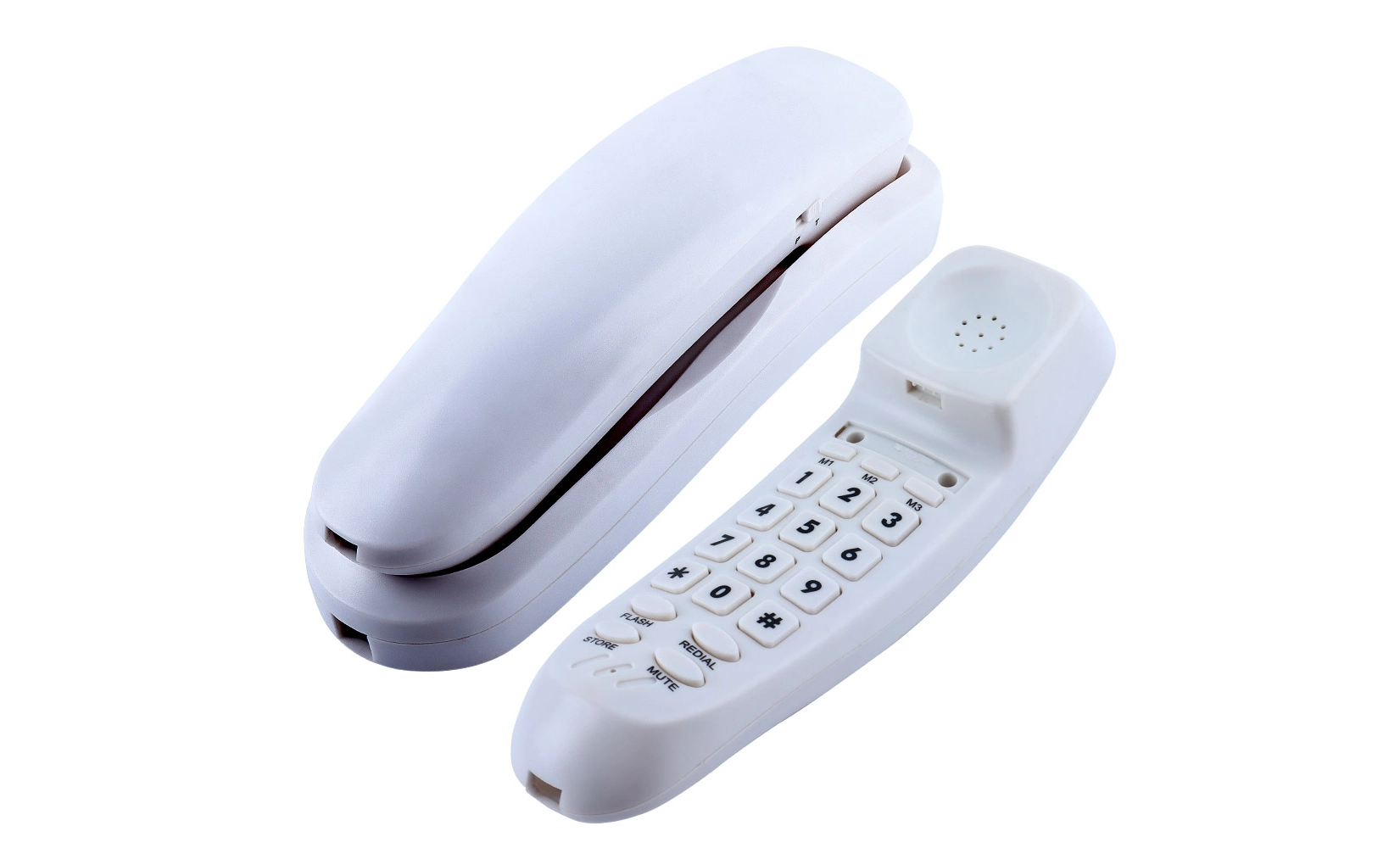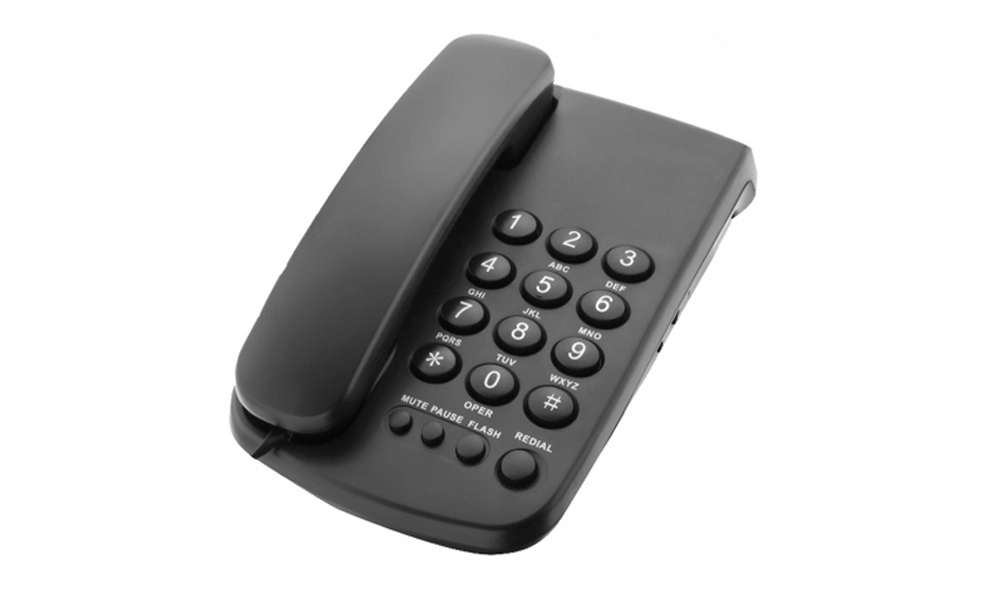Optimizing Your Office Telephone Setup for Peak Performance
A well-organized office telephone system serves as the backbone of effective business communication. To maximize efficiency, it's crucial to start with a solid foundation. Begin by assessing your current setup and identifying areas for improvement. Consider the layout of your office and strategically place phones in easily accessible locations.
Invest in high-quality office telephone equipment that offers essential features such as call forwarding, conferencing, and voicemail. While advanced systems may offer more bells and whistles, a basic setup can be just as effective when properly utilized. Ensure that each phone is properly labeled with extension numbers and any specific departmental information.
Create a comprehensive directory of internal and external contacts, making it easily accessible to all employees. This simple step can save countless hours of time spent searching for phone numbers. Additionally, implement a standardized format for voicemail greetings across the organization to maintain a professional image.
Streamlining Communication Protocols
Efficiency in office telephone usage goes beyond the hardware. Establish clear communication protocols that all employees should follow. This includes guidelines on how to answer calls, transfer them, and handle voicemails. Encourage staff to be concise yet thorough in their phone conversations, respecting both the caller's and their own time.
Implement a system for prioritizing calls, ensuring that urgent matters are addressed promptly while less pressing issues are handled efficiently without disrupting workflow. Train employees to use features like call parking and call pickup effectively, allowing for seamless collaboration and reduced wait times.
Regular training sessions on telephone etiquette and best practices can significantly enhance the overall efficiency of your office telephone system. These sessions should cover topics such as proper greeting techniques, effective message-taking, and how to handle difficult callers professionally.
Leveraging Technology to Enhance Basic Telephone Functionality
While a basic office telephone system may seem limited, there are numerous ways to enhance its functionality through smart integration with other technologies. Consider implementing a computer-telephony integration (CTI) system that links your phones with your company's computer network. This can enable features like click-to-dial from your customer relationship management (CRM) software, saving time and reducing dialing errors.
Explore the possibility of integrating your office telephone system with voice-over-IP (VoIP) technology. This can provide additional features such as the ability to receive voicemails as email attachments or to make calls directly from your computer. Such integrations can bridge the gap between a basic system and more advanced setups without the need for a complete overhaul.
Utilize call analytics tools to gain insights into your telephone usage patterns. These tools can help identify peak call times, average call durations, and other metrics that can inform staffing decisions and process improvements. By understanding these patterns, you can optimize your resources and improve response times.
Implementing Smart Call Routing
Even with a basic office telephone system, you can implement smart call routing strategies to improve efficiency. Set up hunt groups or ring groups that allow incoming calls to be distributed among a team of employees. This ensures that calls are answered promptly and reduces the likelihood of callers being sent to voicemail during busy periods.
Consider implementing an auto-attendant feature if available. This can help direct callers to the appropriate department or individual without the need for a human receptionist to handle every incoming call. While maintaining a personal touch is important, an efficient auto-attendant can significantly streamline call handling, especially for routine inquiries.
Regularly review and update your call routing rules to ensure they align with your current business structure and staff availability. This ongoing optimization can lead to substantial improvements in call handling efficiency over time.
 Fostering a Culture of Efficient Telephone Communication
Fostering a Culture of Efficient Telephone Communication
The most sophisticated office telephone system is only as effective as the people using it. Foster a culture within your organization that values efficient and effective telephone communication. Encourage employees to be mindful of their colleagues' time and to use the telephone judiciously.
Promote the use of alternative communication methods when appropriate. For instance, quick questions might be better handled via instant messaging, while complex discussions may benefit from face-to-face meetings. By reserving telephone communications for situations where they are most effective, you can reduce unnecessary call volume and improve overall efficiency.
Implement a system for collecting and acting on feedback regarding your office telephone system. Regularly solicit input from employees on how the system could be improved or what challenges they're facing. This ongoing dialogue can lead to continuous improvements and ensure that your telephone system remains an asset rather than a hindrance to productivity.
Monitoring and Improving Call Quality
Even with a basic office telephone system, call quality should be a top priority. Regularly test and maintain your phone lines to ensure clear connections. Poor call quality can lead to misunderstandings, repeated information, and frustrated callers, all of which decrease efficiency.
Invest in good-quality headsets for employees who spend a significant amount of time on the phone. This can improve call clarity, reduce fatigue, and allow for hands-free operation, enhancing multitasking capabilities. Additionally, consider acoustic treatments for areas with high call volume to reduce background noise and improve overall call quality.
Implement a system for reporting and addressing technical issues promptly. Quick resolution of problems like static on the line or malfunctioning equipment is crucial for maintaining an efficient office telephone system.
Conclusion
Maximizing efficiency with a basic office telephone system is entirely achievable with the right approach. By optimizing your setup, leveraging available technology, implementing smart routing strategies, fostering a culture of efficient communication, and maintaining high call quality, you can transform a simple telephone system into a powerful tool for business productivity.
Remember that the key to efficiency lies not just in the technology itself, but in how it's used. Regular training, clear protocols, and a commitment to continuous improvement will ensure that your office telephone system remains an asset to your business, enhancing communication and driving success.
FAQ
How can I improve call handling efficiency with a basic office telephone system?
Implement speed dial options, utilize call forwarding, set up clear voicemail systems, and train employees on efficient call handling techniques.
What are some cost-effective ways to enhance a basic office telephone setup?
Consider integrating with VoIP technology, implement smart call routing, use call analytics tools, and regularly update your system settings to align with business needs.
How often should we review our office telephone system for efficiency?
It's recommended to conduct quarterly reviews of your system's performance and gather employee feedback to identify areas for improvement.
Enhance Your Office Communication with CHEETA
At CHEETA, we specialize in elevating office communication through our advanced telephone systems. With 18+ years of OEM/ODM expertise, our Shenzhen-based factory produces 1,000 high-quality analog units daily. Our office telephone solutions are designed to maximize efficiency, featuring cutting-edge technology and user-friendly interfaces.
CHEETA's commitment to innovation and quality ensures that businesses can streamline their communication processes effectively. For top-tier office telephone solutions from a trusted manufacturer, contact us at allen@cheeta.com.cn and experience the CHEETA difference in your workplace communication.

References
1. Smith, J. (2022). "Optimizing Office Communication Systems: A Comprehensive Guide". Business Communications Quarterly, 45(2), 78-92.
2. Johnson, A. & Lee, M. (2023). "The Impact of Efficient Telephone Systems on Workplace Productivity". Journal of Business Technology, 17(3), 205-220.
3. Brown, R. (2021). "Integrating Basic Telephone Systems with Modern Technology". Tech for Business Magazine, 33(4), 112-125.
4. Davis, E. et al. (2023). "Best Practices in Office Telephone Management". International Journal of Business Communications, 28(1), 45-60.
5. Wilson, T. (2022). "The Role of Employee Training in Maximizing Telephone System Efficiency". Human Resources Development Review, 19(2), 180-195.
 Maximizing efficiency with a basic
Maximizing efficiency with a basic 




